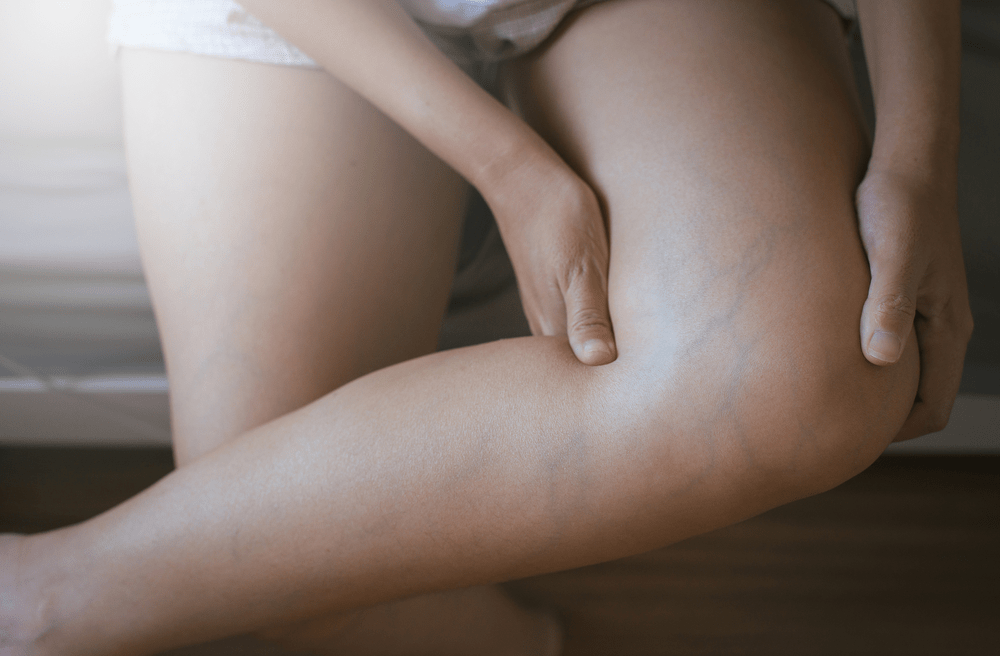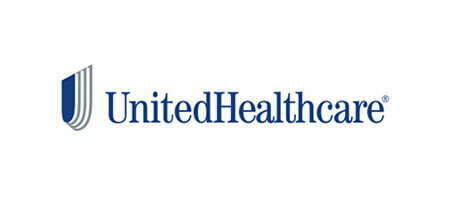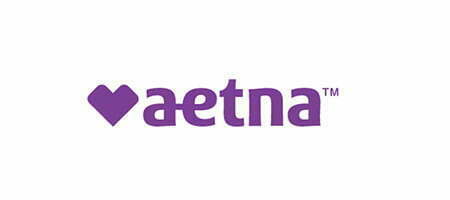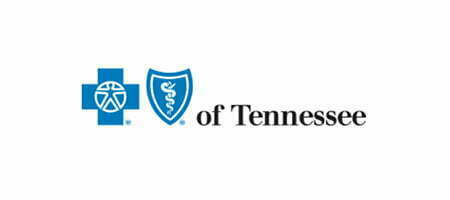Varicose veins are not an uncommon problem, but that doesn’t make them any easier to deal with. Many who suffer from varicose veins dislike their appearance, but some also deal with aches and pain as a result of them. Here at Zenith Vascular & Fibroid Center in Memphis, TN, we help lots of patients get rid of their varicose veins so that they can feel more comfortable and more confident.
Foam Sclerotherapy: What Is It?
Foam sclerotherapy treatment involves the injection of a foaming substance into varicose veins. The solution blocks and seals the vein in order to make it collapse. Since diseased veins already have limited blood flow, there is no risk of forcing them to collapse. Only a very limited number of veins will be treated so there is no risk to health by removing those which are already diseased.
The body gets to work as soon as a vein is blocked off. It redirects the flow of blood through veins in the surrounding area which are healthy. The blocked vein is then slowly broken down and processed by the body. Not only are the varicose veins removed, but general circulation in the area is also improved thanks to the body’s process of redirecting blood flow.
How Does Foam Sclerotherapy Treatment Work?
The first step in this treatment is an initial consultation with us. Here, we’ll give you a full physical and check over your medical history. The next step is to examine your varicose veins to check that you’re a good candidate for this treatment.
We always advise that sclerotherapy patients wear shorts for their treatment, or to bring a pair along to change into afterward. The foaming solution is injected via a very fine needle and you can rest assured that the process is not painful. The whole treatment takes just 30 to 40 minutes. Once it is over, we ask you to wear compression stockings for a while in order to help aid healthy blood flow.
How Soon Will I See The Results?
Where patients feel aches and pains from their varicose veins, they report that the pain dissipates instantly with this treatment. You’ll also see an immediate improvement in the appearance of the treated area since targeted veins begin to constrict very quickly.
It takes longer for the body to completely reabsorb the tissue of the treated veins. In around a year, the vein will have completely disappeared; it won’t even be identifiable via ultrasound. Foam sclerotherapy treatment is a truly fantastic solution for varicose veins thanks to its rapid results.
What Happens After the Treatment?
There is no real downtime associated with this treatment. It’s important to wear the compression stocking at all times during the first 24 hours. After this point, you can take the stocking off when you shower, but we usually ask that you wear it as much as possible for a number of days after the treatment. The total length of time you’ll need to wear the compression stocking varies from patient to patient, so we’ll advise you on these specifics after your treatment and before you leave our clinic.
We advise that you do not take long, hot baths for a short while after Foam sclerotherapy treatment. Patients should also avoid strenuous exercise for at least one week. It is even more important to avoid exercises primarily involving the lower part of the body.
FAQs About Varicose Veins
How Do Varicose Veins Form?
Around 30% of adults experience varicose veins, which makes it a common problem. A larger proportion of us have spider veins, which are less obvious and serious but can sometimes be the precursor to varicose veins.
Vein Valves and Their Role
Veins contain lots of one-way valves which help to stop blood from flowing backward when veins are working against gravity. Sometimes these valves can be become damaged or weakened. This results in the blood flowing back along the vein towards the next valve. Here, the blood begins to pool which results in the vein becoming enlarged. This is how varicose veins form.
What Are Varicose Vein Symptoms?
Common Signs
For some people, varicose veins pose no symptoms other than their obvious enlarged and twisted appearance. When this is the case, treatment might only be pursued for aesthetic reasons. However, in some cases, varicose veins cause an achy, heavy sensation in the legs which might become so severe that it impacts day-to-day life.
Varicose veins can also cause throbbing, cramping, and burning sensations, or lead to swelling in the legs. Often these symptoms worsen after standing or sitting for long periods of time. It’s also common to experience discoloration of the skin and itching around the affected area.
Severe Symptoms
In rare instances, varicose veins can cause serious complications. It is possible for ulcers to form around the damaged veins which can be incredibly painful and pose a risk of infection. There is also a risk of blood clots forming in the veins and these can be incredibly dangerous. Be sure to consult a doctor immediately if you notice a major swelling or ulcer forming on areas affected by varicose veins.
Who Is Most At Risk for Varicose Veins?
Age and Genetics
If you have blood relatives who have suffered from varicose veins, you are more likely than usual to experience them. Age also plays a role because vein valves tend to get weaker as we get older.
Gender
Women are more susceptible to varicose veins than men, but we don’t yet understand why this is. It could be that women experience more hormonal changes throughout their lives, particularly due to pregnancy, and we already know that hormones can play a role in varicose vein development. Aside from its hormonal impact, pregnancy also increases the risk of varicose veins. This is because the volume of blood in the body increases during pregnancy in order to cater to the growing baby.
Women could also be more at risk of varicose veins due to them being more likely to cross their legs when sitting, which puts pressure on the veins. Sitting with legs crossed is often deemed “polite” for women, but it inhibits healthy blood flow throughout the legs.
Excess Weight
People who are obese are at a higher risk of developing varicose veins than others. The excess weight puts pressure on the veins which makes it harder for the veins to transport blood. People who are overweight may also be more likely to be sedentary than those who are slimmer. Sitting or lying down for long periods inhibits healthy blood flow in the legs.
Can Varicose Veins Be Prevented?
It is impossible to completely prevent varicose veins. However, there are steps you can take to reduce the risk.
Frequent Exercise
Exercise supports healthy circulation. Plus, it can help to build muscle in the legs which supports healthy blood flow in leg veins.
Frequent exercise is also a great way to reduce high blood pressure which can worsen vein problems. People who already have varicose veins should not do too much strenuous exercise as this could put pressure on the veins and worsen the problem. However, low-impact, gentle exercise like walking and swimming are great ways to stay healthy and reduce the risk of varicose veins getting worse.
Healthy Diet
Consuming high levels of sodium causes the body to retain water. Water retention leads to swelling which puts additional pressure on the veins. Reduce your intake of salty foods to reduce your risk of varicose veins. Potassium helps to reduce water retention and swelling, so make sure to get plenty of this nutrient. Leafy greens, salmon, tuna, almonds, bananas, and lentils are all good sources of potassium.
Flavinoids are another important nutrient for supporting healthy vein function because they improve blood circulation and help to bring down blood pressure. Citrus fruits, berries, tea, kale, dark chocolate, and red wine are all great sources of flavonoids.
Wear Loose Garments
Very tight-fitting garments can interrupt healthy blood flow. Avoid wearing pants that are very tight at the hips to ensure blood flow to the legs is not inhibited. You could also avoid high-heeled shoes as these can cause strain to the leg muscles and veins.
Put Your Feet Up Regularly
You can support healthy blood flow in the legs by taking plenty of breaks where you raise your legs up. This will allow gravity to help the blood to flow back towards your heart. It is particularly helpful to do this in the evening after a long day on your feet.
Massage
You should avoid putting direct pressure on existing varicose veins. However, gentle massage of the legs, particularly if so far you have only got spider veins, can help to relieve swelling and maintain healthy blood flow.
Stay Mobile
Perhaps the worst possible thing for the health of leg veins is staying still. Try to keep moving as much as possible to aid blood flow. Take time to stand up and move the legs regularly, particularly if your job involves sitting most of the time. When you do sit, avoid crossing your legs as this further restricts blood flow.
Eliminate Varicose Veins for Good
Even with all the preventative steps in the world, sometimes varicose veins simply happen. That doesn’t mean you have to live with them. Get in touch with us at Zenith Vascular & Fibroid Center in Memphis, TN, to find out if foam sclerotherapy treatment is the right treatment to eliminate your varicose veins.






